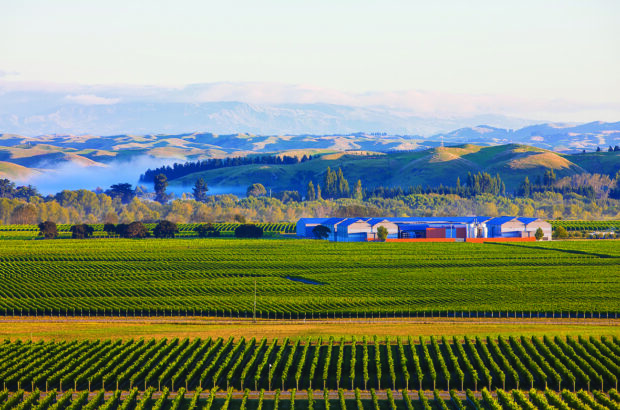Stephen Brook investigates how a family estate in a quiet Maremma backwater has risen to prominence as the producer of highly regarded Super Tuscan wine, Saffredi...
The style
Saffredi is a powerful and very concentrated wine, classified as IGT Maremma. It is aged for 18 months in 75% new French oak, and bottled without filtration.
Earlier vintages – I have ancient notes on the 1989, 2001, and 2002 – were indeed powerful, but they could be extracted and tannic too, even after some years of bottle ageing. Thereafter, the wines achieve a better balance and more elegance.
About 30,000 bottles of Saffredi are produced, while Le Pupille as a whole releases about 400,000 bottles.
Scroll down to see the wines
How it all started
There’s not much happening in the rolling hills south of Grosseto, just inland from the Tuscan coast.
There was even less going on in 1985, when Elisabetta Geppetti and her former husband took over her small family estate, Le Pupille, near the village of Magliano. It’s embedded within the Morellino di Scansano DOC, which can produce rather good and approachable Sangiovese wines, but is hardly one of the jewels of Tuscan viticulture.
Elisabetta was fortunate that Giacomo Tachis – Decanter’s 2011 Man of the Year and pioneering winemaker at Antinori, had been appointed as consultant seven years before. They began producing Morellino Riserva, much of which came to London, where its star quality and sensible price made it a regular purchase of mine.
The mid-to-late 1980s was the era when ‘Super Tuscans’ really began to make waves internationally, created by the bands of consultant oenologists roaming the countryside. Tachis encouraged Elisabetta to follow suit, resulting in the first vintage of Saffredi in 1987. Having Tachis associated with the project, it soon attracted attention and proved itself to be a characterful wine in its own right.
Saffredi is sourced from a six hectare vineyard planted to mostly Cabernet and Merlot, although the first vintages used Cabernet from vines grafted onto existing Sangiovese rootstocks in one of the family’s original vineyards.
The property has gradually expanded, and today has 75 hectares of vineyards dispersed across five sites. They lie at elevations between 200 and 280 metres, on mostly stony clay-limestone soils. Sea breezes from the shore, only 10 kilometres away, temper the baking summer temperatures.
Changes
Tachis left in 1996, replaced by Riccardo Cotarella with his well-known fondness for Merlot. But he only stayed for three years, and in 1999 Christian Le Sommer took over. He had a formidable CV, having spent many years as the technical director of Château Latour.
Le Sommer’s contribution to Saffredi was to phase out Alicante in favour of Syrah. He also maintained very low yields, aiming for a mere 800 grams of grapes per vine.
Since 2013 the consultant winemaker has been Luca d’Attoma, a well-known Cabernet Franc aficionado, although as yet this variety has not made a contribution to the blend. Instead he has opted for 10% of Petit Verdot.
Saffredi vintages rated:
Related content:

Isole e Olena: Cepparello wines to drink and to keep
One of the first 'Super Tuscans'...

Producer profile: Masseto
Thirty years after its first vintage, this 100% Merlot continues to stand apart from its Bolgheri neighbours as an exceptional

Panel Tasting: Brunello di Montalcino 2012
The warming climate is increasingly a factor in this revered corner of Tuscany, says Richard Baudains...












